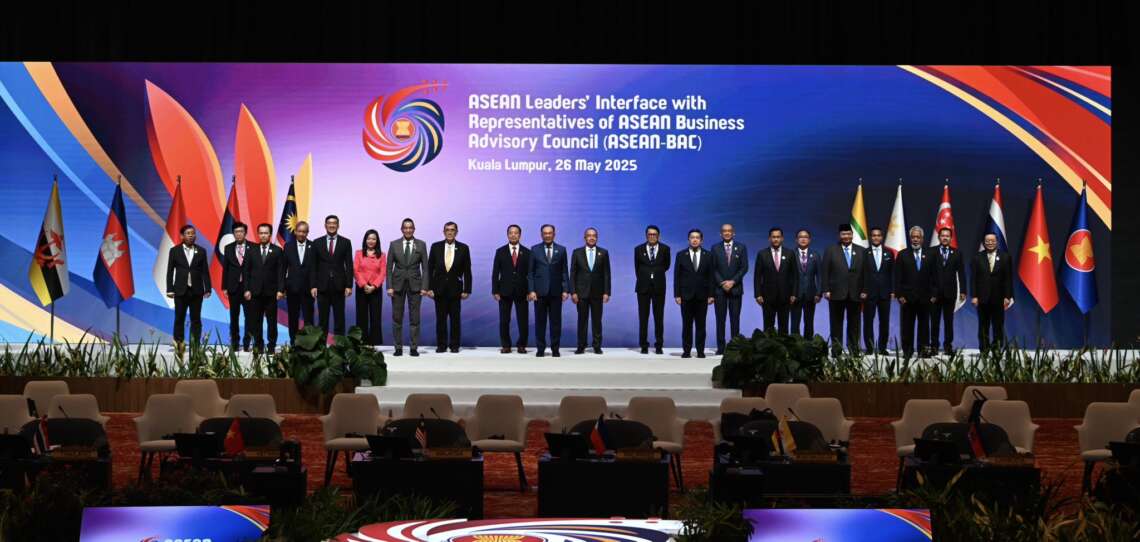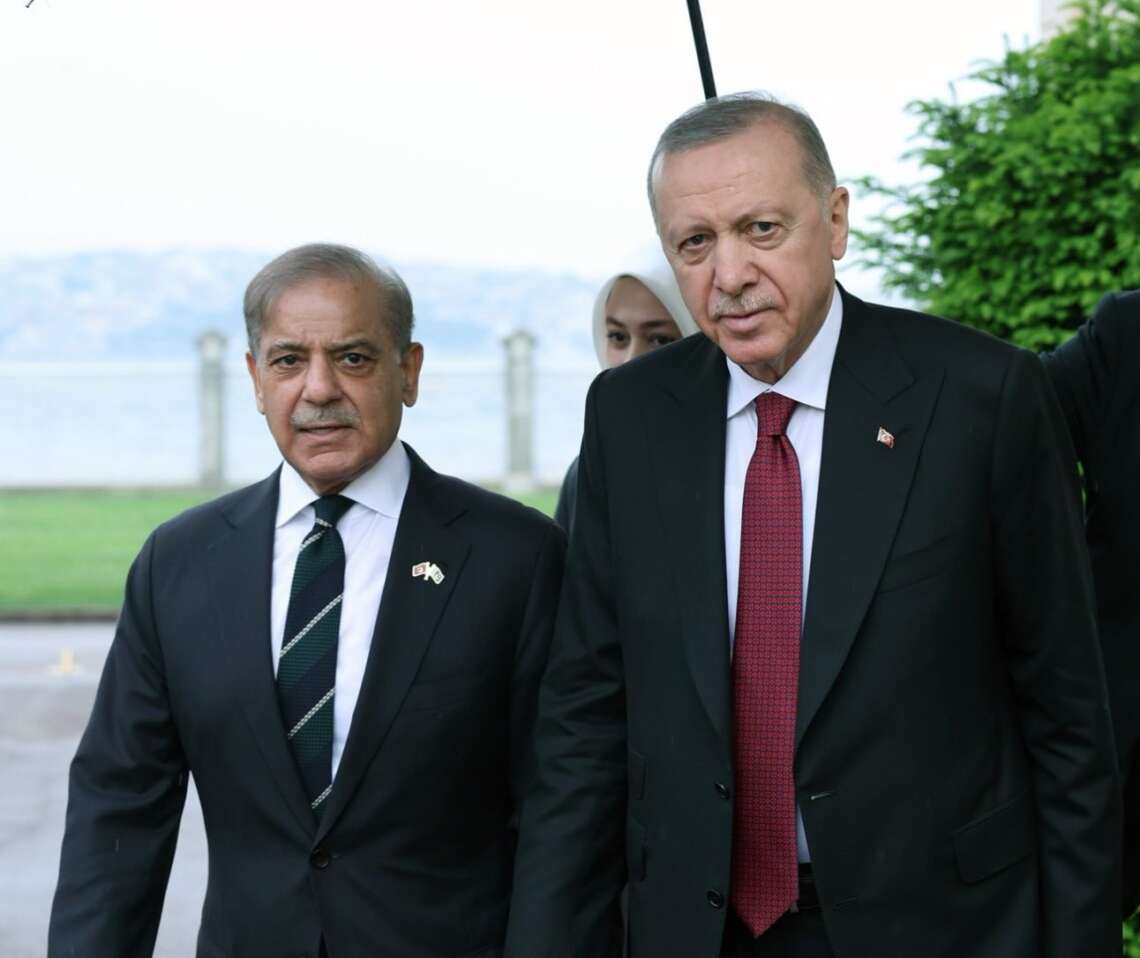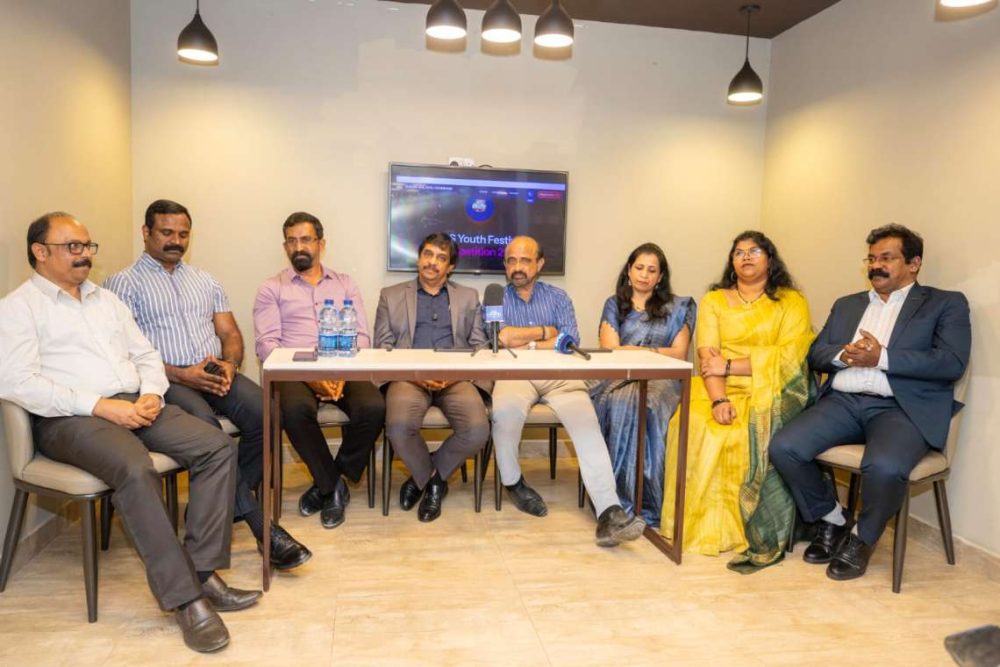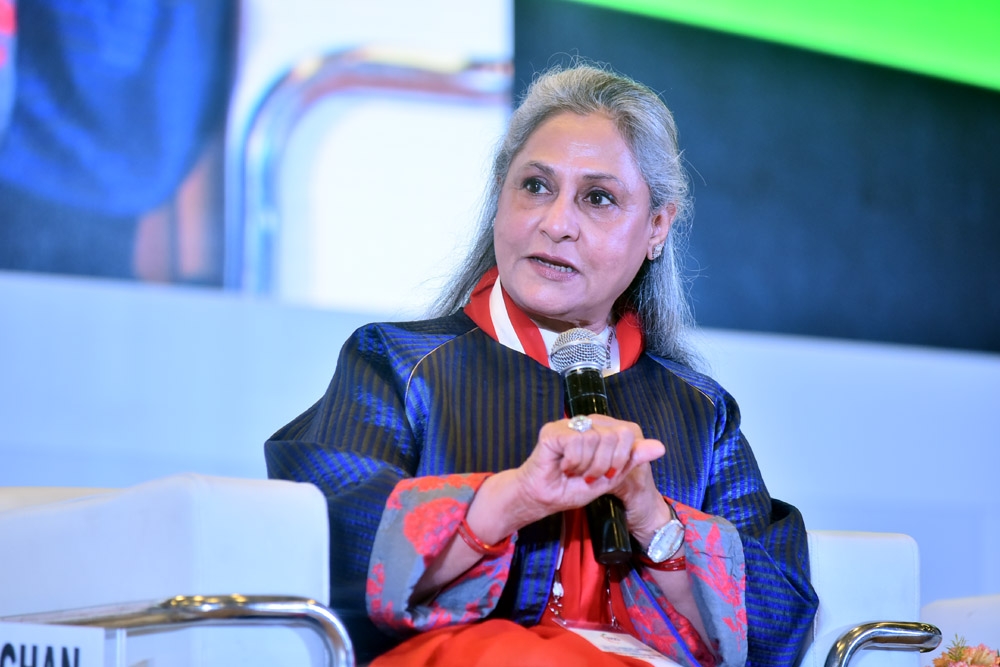Hak reported that Cambodia received 2.4 million international tourists in the first four months of 2025—a 14 percent increase compared to the same period in 2024. Notably, over 380,000 of these visitors were Chinese tourists, representing a 49 percent year-on-year increase
China, home to 59 UNESCO World Heritage sites, has launched a major international campaign aimed at boosting the global visibility of its 40 cultural heritage sites. The initiative, titled “Nihao! China” 2025 World Cultural Heritage Tourism Overseas Promotion Season, was officially launched on Saturday in Turpan, Xinjiang Uygur Autonomous Region. The campaign will run until November this year.
Organized to attract international travelers, the promotion will include video screenings, photography exhibitions, and special offline events in countries such as Japan, the United Kingdom, and the United States. These activities aim to raise awareness of China’s UNESCO-listed cultural treasures and position them as attractive global tourism destinations.
The launch ceremony featured keynote speeches and panel discussions, emphasizing the rich tourism potential in Xinjiang, the significance of the Silk Road’s cultural heritage, and the importance of sustainable tourism development. Francesco Frangialli, honorary secretary-general of the UN World Tourism Organisation, highlighted the importance of preserving cultural heritage responsibly.
“The existence of UNESCO-recognized sites can be a double-edged sword,” said Frangialli. “On one hand, it encourages preservation and highlights the value of a property. On the other, overexposure can lead to excessive tourism, degrading both the physical site and visitor experience.”

Meanwhile, in Phnom Penh, Cambodia and China officially launched the Cambodia-China Tourism Year 2025 on Friday evening with a joint cultural performance titled “Charming Jiangsu, Colorful Cambodia” at the iconic Chaktomuk Theater. The event drew an audience of around 800 and marked a new milestone in bilateral tourism cooperation.
Speaking at the ceremony, Cambodian Permanent Deputy Prime Minister and Cabinet Minister Vongsey Vissoth emphasized the year’s role in deepening tourism ties, people-to-people exchanges, and cultural understanding between the two nations.
“The tourism year 2025 will become a new key catalyst for tourism relations, connectivity, and people-to-people ties,” Vissoth said. “It will enable both countries to promote their cultures, customs, traditions, arts, and glorious civilizations more broadly.”
He praised China’s rich historical legacy, mentioning his visits to the Classical Gardens of Suzhou, the imperial Xiaoling Mausoleum in Nanjing, and the Grand Canal, expressing admiration for Chinese civilization and cultural heritage. Cambodian Tourism Minister Huot Hak noted that the tourism year aligns closely with China’s Belt and Road Initiative and reflects the strength of the “ironclad friendship” between the two countries.
“It not only reflects the stability and sustainability of bilateral relations but is also an important practice in implementing the Cambodia-China ‘Diamond Hexagon’ cooperation framework,” said Hak.
To celebrate the year, Cambodia and China plan to co-host a wide range of cultural and tourism events including music festivals, street performances, martial arts shows, gastronomy fairs, tourism business forums, and film festivals.
Hak reported that Cambodia received 2.4 million international tourists in the first four months of 2025—a 14 percent increase compared to the same period in 2024. Notably, over 380,000 of these visitors were Chinese tourists, representing a 49 percent year-on-year increase.
“Based on this good trend, I firmly believe that the Cambodia-China Tourism Year will become an important opportunity to attract more Chinese tourists and strengthen cultural and tourism exchanges,” he said. “It will enhance the strategic partnership between our countries and reinforce the bonds between our peoples.”
Chinese Ambassador to Cambodia Wang Wenbin echoed these sentiments, saying the initiative would inject new energy into bilateral tourism cooperation and foster closer ties.
“Take this opportunity,” Wang said, “to explore the magical charm of ancient China, discover the rapid development of modern China, and experience the warm hospitality of the Chinese people.”
The launch celebration featured a two-and-a-half-hour cultural performance by Chinese and Cambodian artists, showcasing traditional dances, songs, operas, and acrobatics that won enthusiastic applause from the audience.

Experts in Cambodia agreed that the tourism year has great potential. Kin Phea, director general of the International Relations Institute of Cambodia, said it would revitalize post-pandemic tourism and deepen people-to-people exchanges. Neak Chandarith, director of the Cambodia 21st Century Maritime Silk Road Research Center, said the campaign would promote inclusive and resilient growth while fostering a shared regional identity.











